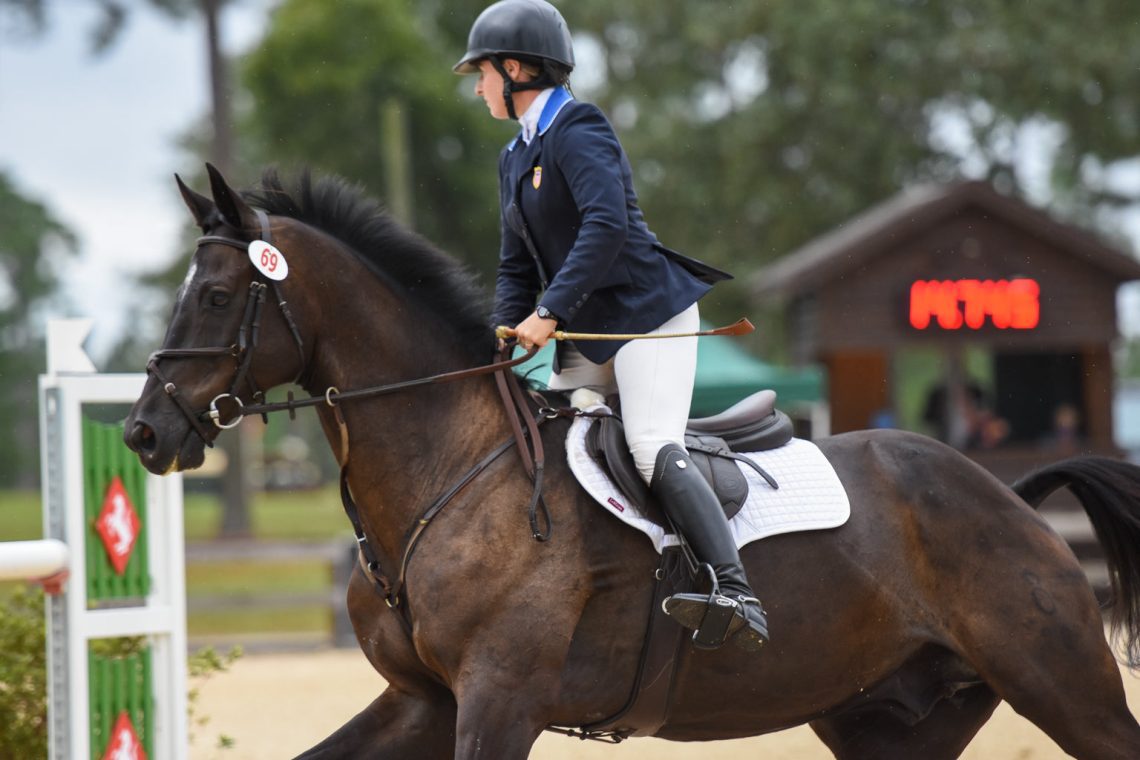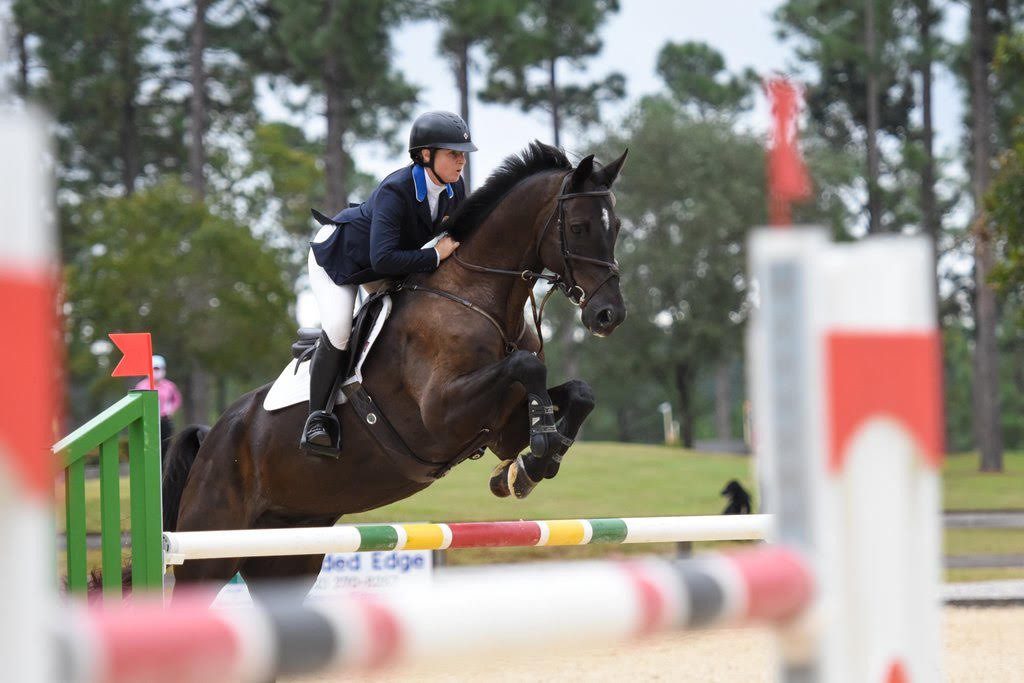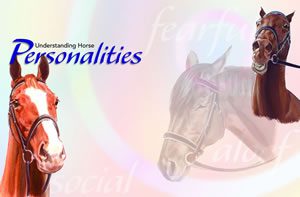
How to Start the Engine: 5 Tips for Dealing with Lazy Horses

All photos: Noellefloyd.com.
If you think of all the horses as a spectrum, at one end there would be hot horses, and at the other, those that need to be constantly moved. There is a special strategy for working with lazy horses. Keeping a horse moving on a course is not easy, and no one understands this better than 5* triathlon star Sydney Conley Elliott. Her main horse QC Diamantaire or simply ‘Q’ as everyone calls him at home, is a typical example of a lazy horse.
“Q is very lazy, but he also performs well at a high level,” says Sydney. “I understand that riding such horses is much more difficult than riding hot ones – morally, by the way, too, because you seem to make them take every step, and this requires sufficient moral and physical effort from the rider.”
There are some challenges you will face when dealing with lethargic horses, so Sydney decided to share with us some useful tricks to help you deal with these horses.
1. Use the smallest impact possible
When working with lazy horses, you need to constantly achieve instant effect from commands. “It’s hard enough not to kick a lazy horse all the time,” Sydney says. “But ideally, you should get it to move forward simply from the stirring of air near the sides, and not from a physical impact. By doing this, your horse will become more responsive to your commands.”

When you send the horse forward with the leg, always start with minimal force, but if necessary, repeat the command with more effort. It may seem like it would be better to repeat the message a few times by lightly touching the horse’s side, but in reality this will only provoke him to ignore the leg further.
“You should offer a gentle forward movement just once, and if the horse does not respond, use the whip. When he has taken a few steps forward, repeat all over again so that the horse understands that when you apply the leg, you need to immediately move forward.
The main task here is to apply a certain impact until the horse responds to the command, and then immediately stop this impact. “Keep your foot just next to your side and don’t send the horse out unless it’s really necessary. It is advisable that you teach the horse to jump out from under you at the light touch of the leg. With hot horses, you need to keep the leg tight at the side, and with lazy horses, on the contrary, the leg should not touch the side until you need to give the horse a command, ”says Sydney.
2. Do not let the horse move “on the machine”
When you work on a lazy horse, your work should start from the moment you sit on it. Instead of letting the horse just automatically move away from the stool you were sitting on, consider this movement as the start of training. “I believe that the work begins from the moment I stand on the stool, so I immediately pick up the reins and put the horse to work.”
“It’s the rider’s job, we either perfect every step of the horse or we don’t. When a horse lazily moves away from the stool – we, as riders, must immediately react and make it actively move forward. The brain of both the rider and the horse must be busy from the very beginning.
3. Add variety to your work
In order for a horse to respond well to your foot, it is necessary to develop both its physical form and its brain. Just riding around in the arena won’t make her empathetic. Instead, you need to keep her interested – constantly make transitions, circles and change direction often. Depending on your riding level, transitions within the gait, shoulder-in, and leg changes in the air can be added to the training program.
“Choose what will help you later in the tournament. With Q, we always make a lot of transitions. We never make the same element for a long time – we always change something. Moving forward, turn on the back, shoulder inward, acceptance. You should not just ride around the arena for a minute.
Pole work and Cavaletti work are another way to add variety to your workouts. “At home, Q doesn’t jump much, but we often work on the poles to get him to move faster with his feet. I compare this kind of work with the training of football players – when they do the exercises, ”explains Sydney.

“Improvise! Just scatter the poles on the site. I think this kind of work makes the horses think about their legs, and it is not necessary to get a good distance to the poles every time. Horses have to learn to quickly deal with their legs and, if necessary, help us out on routes, because everyone sometimes makes mistakes in distances.
4. Horses need to be kept in perfect physical shape.
The better your horse is physically developed, the more you can demand from him. If you keep your horse in good physical condition, it will be easier for you to make him more active.
“Lazy horses must be in perfect physical shape. Now many of us work with warm-blooded breeds, so fitness is one of the most important components of daily training. Without this, your horse will not perform well in tournaments.”
Since Sydney is into triathlon, she gets creative with Q’s fitness development during the opening season because she knows exactly how important it is. “We can trot before the main dressage work,” she says. “In order to prepare for a three-day tournament, I usually do jump work after the canter to prepare for show jumping on the third day of the competition. It’s a good way to check the horse’s fitness.”
5. And don’t forget to enjoy the process
As hard as it is sometimes, remember that every horse has its own strengths and weaknesses.
“This is a big and long job, so we should not forget about the pleasure of the work process. Don’t shove your horse all the time and don’t get nervous about it. Even if your horse is lazy, you should at least occasionally enjoy working with him. Lazy horses have their pluses and minuses, you must learn to use the qualities that are inherent in them by nature.
Source: Noellefloyd.com





